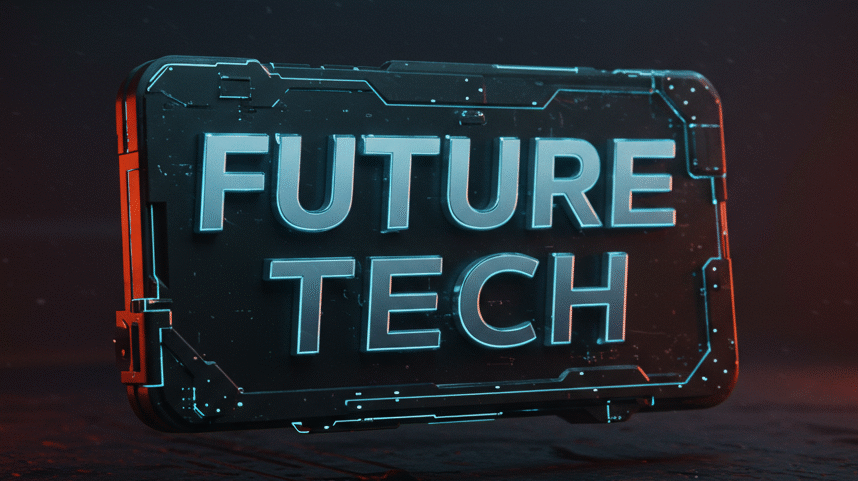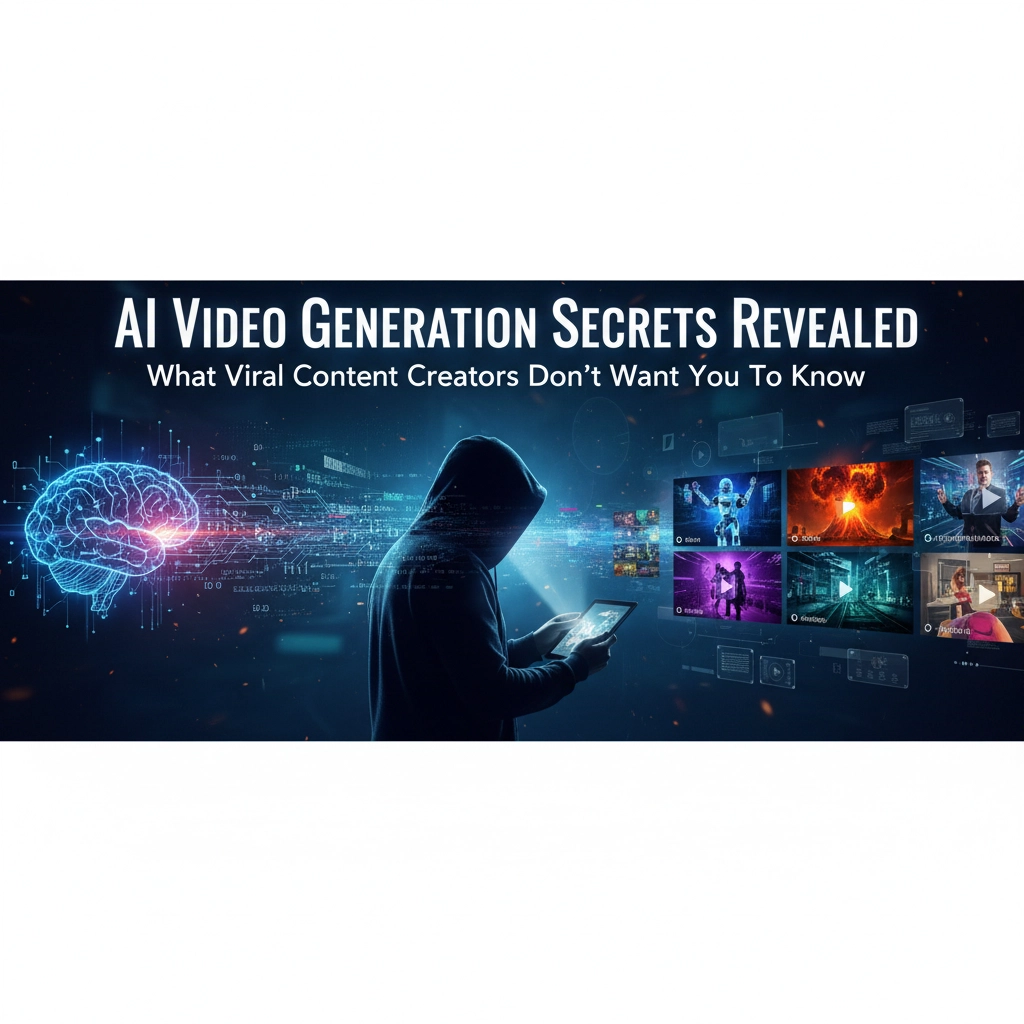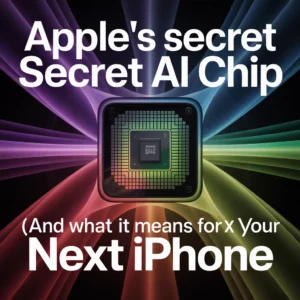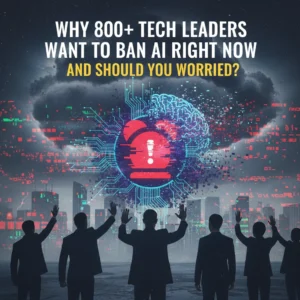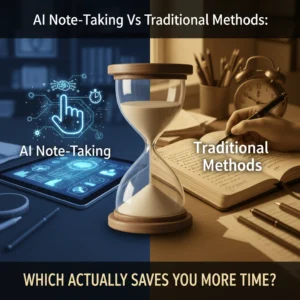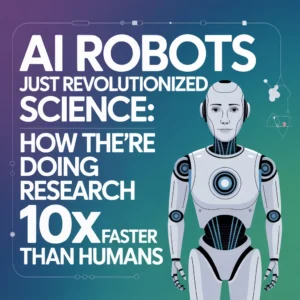Ever wonder how some creators pump out viral AI videos that get millions of views while yours barely crack 100? Here's the truth: they're not using the tools you think they're using.
I spent weeks analyzing top AI content creators who've built seven-figure businesses in months. What I found shocked me. They're not just typing prompts into Sora or Runway and calling it a day. They've got a completely different system that most people have never heard of.
The Image-First Secret Everyone's Missing
Here's what blew my mind: the most successful AI video creators aren't generating videos directly from text prompts at all. They're using what insiders call the "image-first approach."
Think about it like this. You wouldn't build a house without blueprints, right? Yet most people try to create AI videos by throwing text at an AI and hoping for the best. The pros take their script to ChatGPT first, generate detailed image prompts for each scene, create multiple image variations, then animate those images into video sequences.
This method gives them laser-focused control over composition, character consistency, and visual storytelling that direct text-to-video just can't match. While you're getting random results from "create a video of a cat driving a car," they're meticulously crafting each frame.
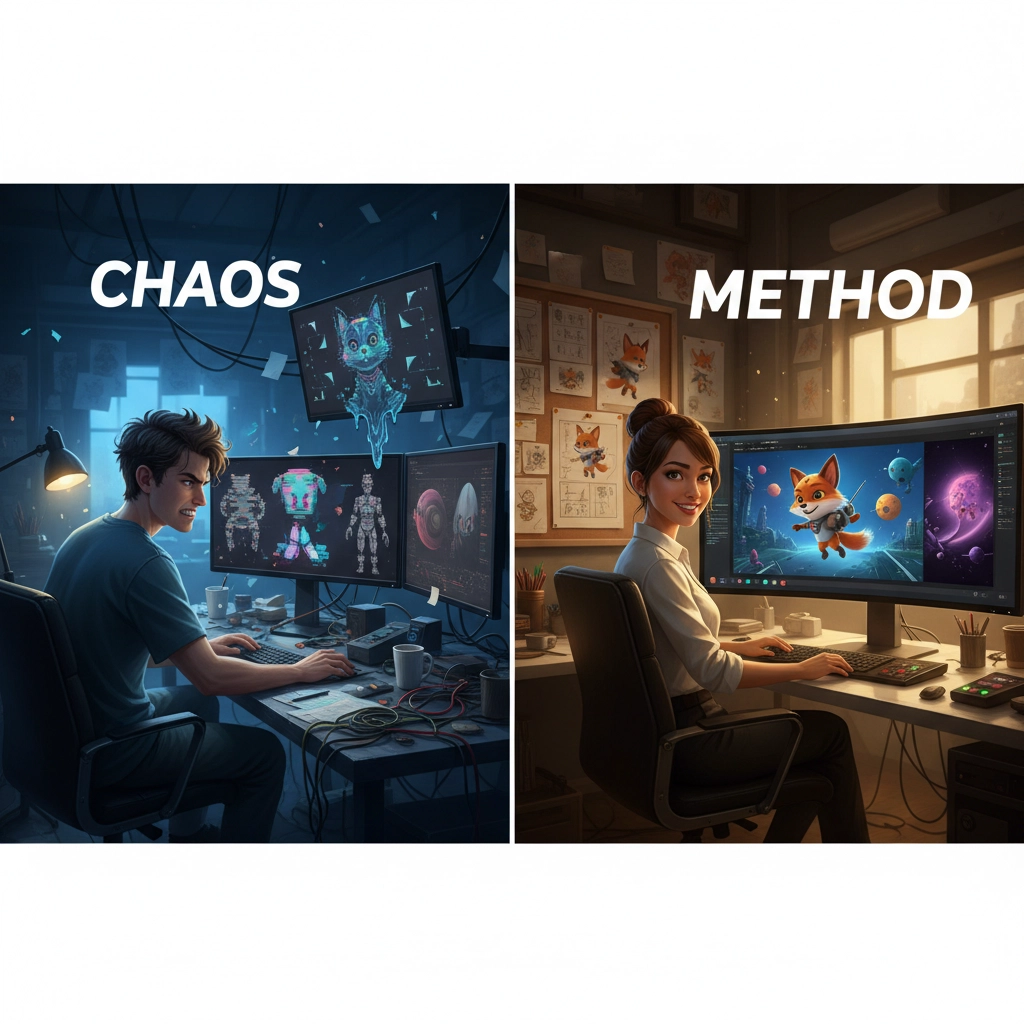
The difference? Their characters look the same throughout the entire video. Their environments stay consistent. Their camera angles make sense. It's the difference between amateur hour and professional production.
The Real Workflow That Creates Million-View Videos
Let me tell you about Sarah, a creator I studied who went from zero to 2.3 million YouTube subscribers in eight months using AI videos. Her secret wasn't some magical prompt: it was her production pipeline.
Sarah doesn't work alone. She's got a writer for scripts, a director for creative vision, and what she calls "AI cinematographers" who generate hundreds of image variations for each scene. Before they create a single video frame, they build comprehensive mood boards with multiple shot options.
Here's their exact process:
• Comedy-first scripts – Humor reduces AI-related criticism and drives engagement
• IP mashups – They combine recognizable stories (like Titanic) with internet culture (crypto, memes)
• Multi-role teams – Writer, director, and AI specialists working together
• Pre-visualization – Hundreds of alternative shots generated before final production
• Iterative refinement – Conversational tools that let them say "make this a close-up" without technical jargon
The kicker? They might generate 500 shots to use only 50 in the final video. That's the level of curation happening behind the scenes.
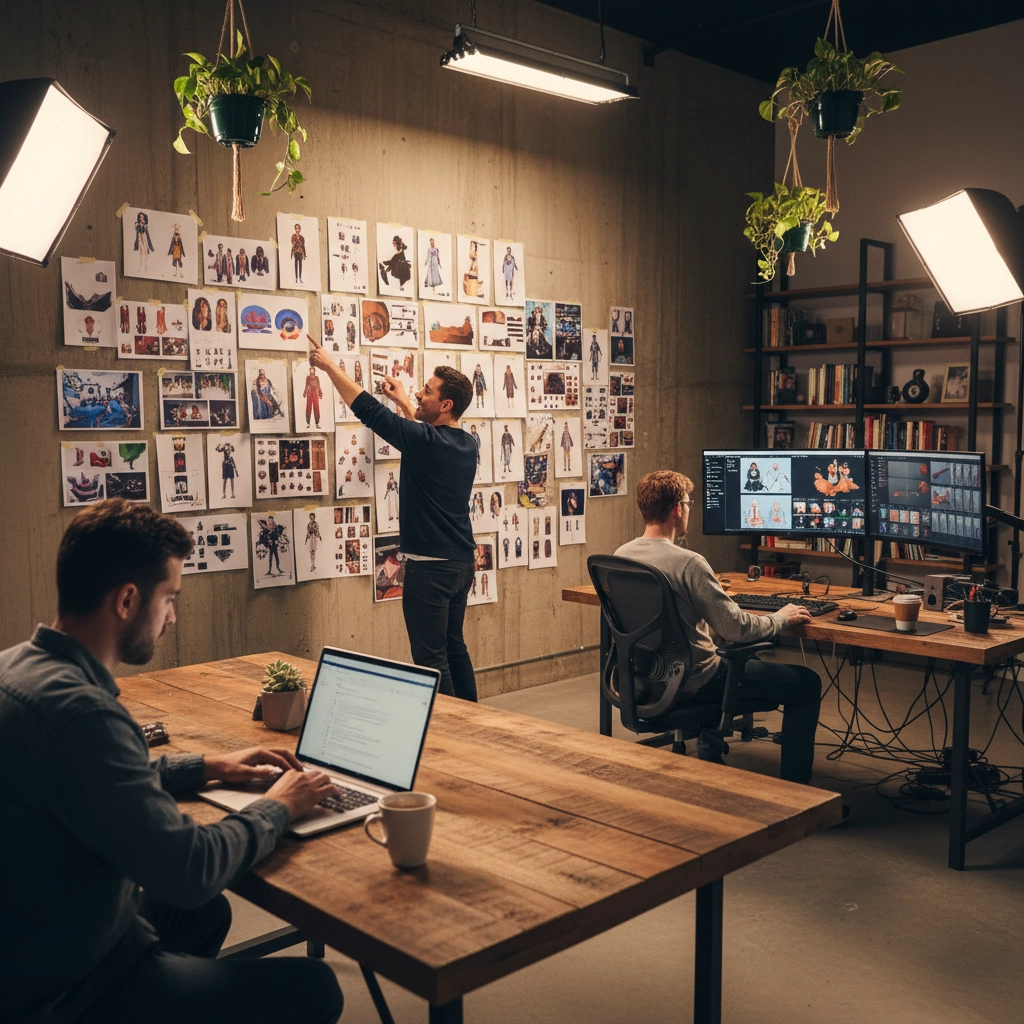
Tools That Actually Work (Not the Overhyped Ones)
Forget what you've heard about which AI video tools are "the best." Here's what the pros actually use, and it's probably not what you think.
For speed demons who need content fast, tools like Clipwise can generate complete videos from a single command in three minutes flat. These handle everything: script generation, visuals, editing: automatically. Perfect for faceless YouTube channels or anyone running multiple content streams.
But for quality? The big players use specialized APIs most people don't even know exist:
OpenAI's Sora generates 60-second videos in 1080p with incredibly realistic physics. Google Veo 3 excels at camera movements and style control. Kling AI 2.1 creates multi-shot sequences up to two minutes long with scene consistency that'll make your jaw drop.
The real secret weapon? Rev app – it gives you three variations for every prompt and lets you refine shots conversationally. No need to understand camera terminology. Just say "add more people" or "make it darker" and it gets it.
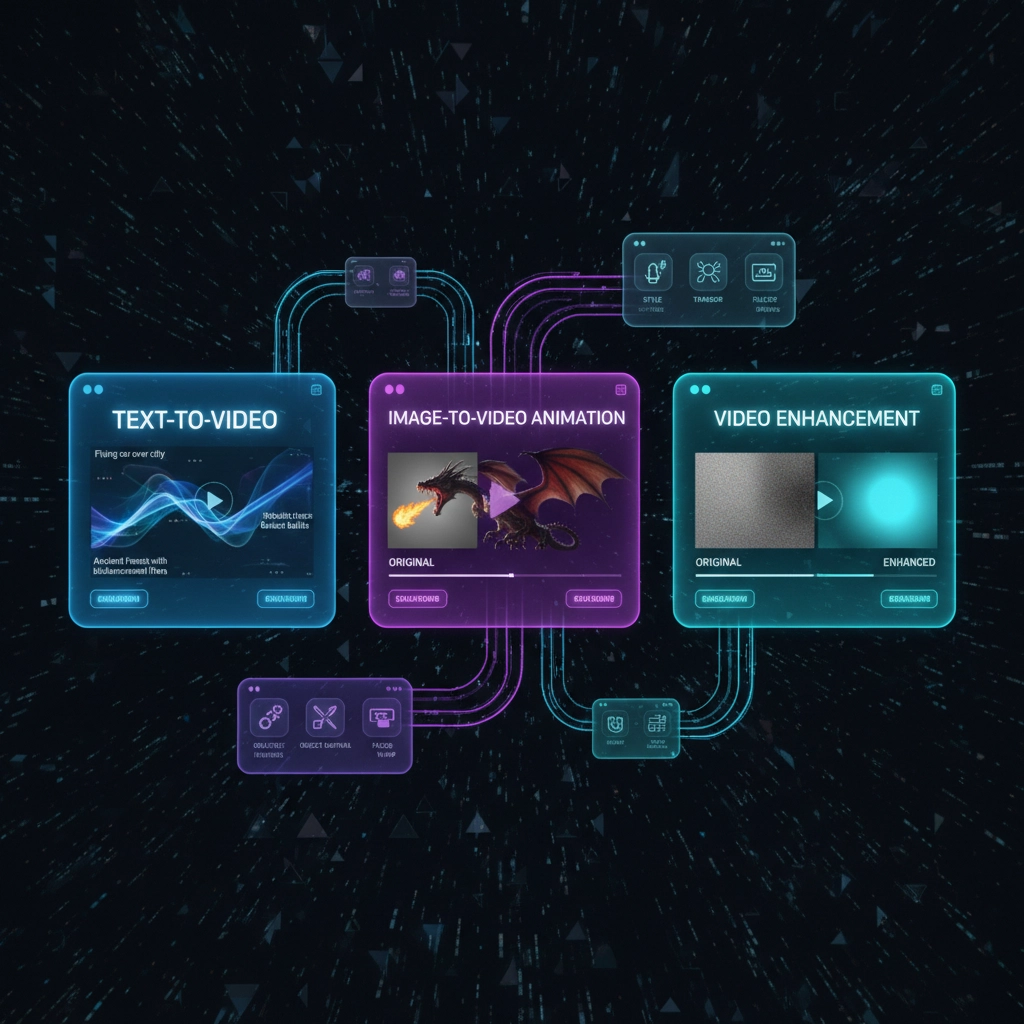
Why Most Creators Fail at AI Video Generation
Here's where most people mess up: they think AI video generation is about finding the perfect tool. It's not. It's about understanding the three types of generation and when to use each one.
Text-to-video creates from scratch but gives you less control. Image-to-video animates your pre-made images (this is what the pros use most). Video-to-video enhances existing footage.
Most beginners jump straight into text-to-video and wonder why their results look inconsistent. Meanwhile, successful creators spend 80% of their time in image generation and 20% animating those perfected images.
The other big mistake? Not understanding your audience's AI tolerance. Comedy content gets away with obvious AI artifacts because people expect it to be weird. Documentary-style content needs to be flawless or viewers will roast you in the comments.
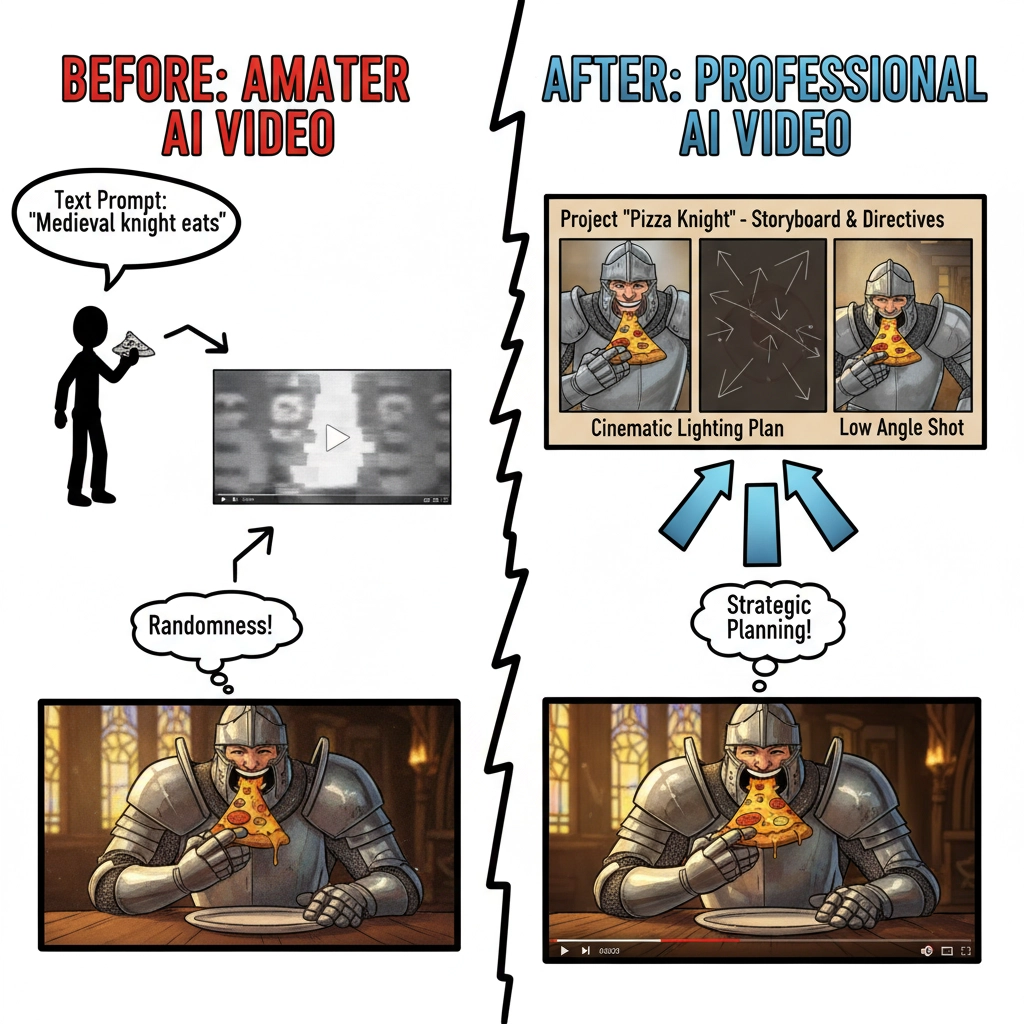
I watched one creator spend $500 on Runway credits trying to generate the perfect "medieval knight eating pizza" video directly from text. Three days later, he gave up. Another creator took 20 minutes to generate the perfect medieval knight image, then the perfect pizza image, then animated them together. Guess which one went viral?
The truth is, viral AI content isn't about having the most advanced tools. It's about understanding the workflow that makes those tools actually work. While everyone else is playing with shiny new features, the real money-makers are perfecting their production pipeline.
So here's my question for you: are you going to keep throwing prompts at AI tools and hoping for magic, or are you ready to learn the systematic approach that actually creates viral content?
